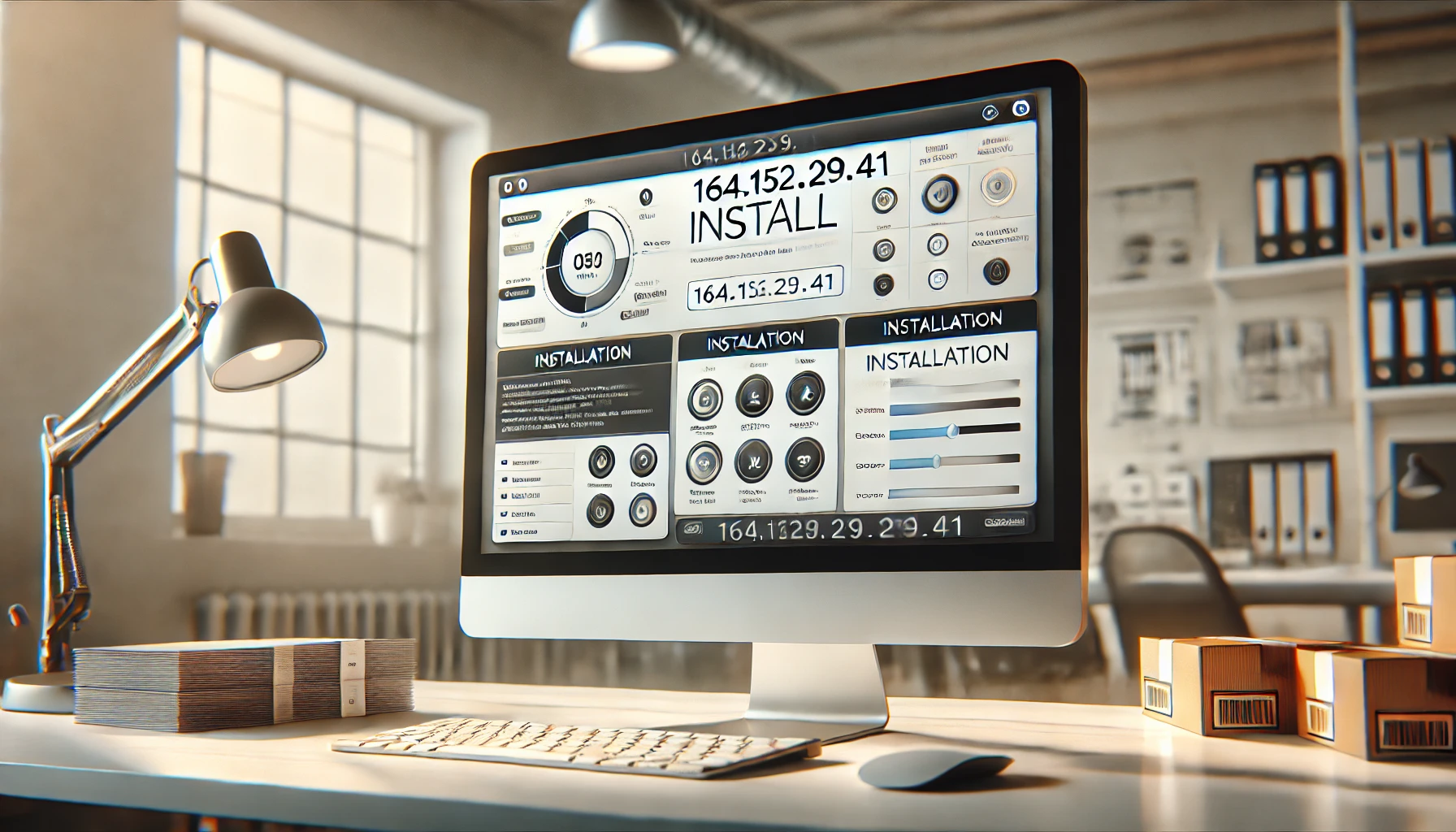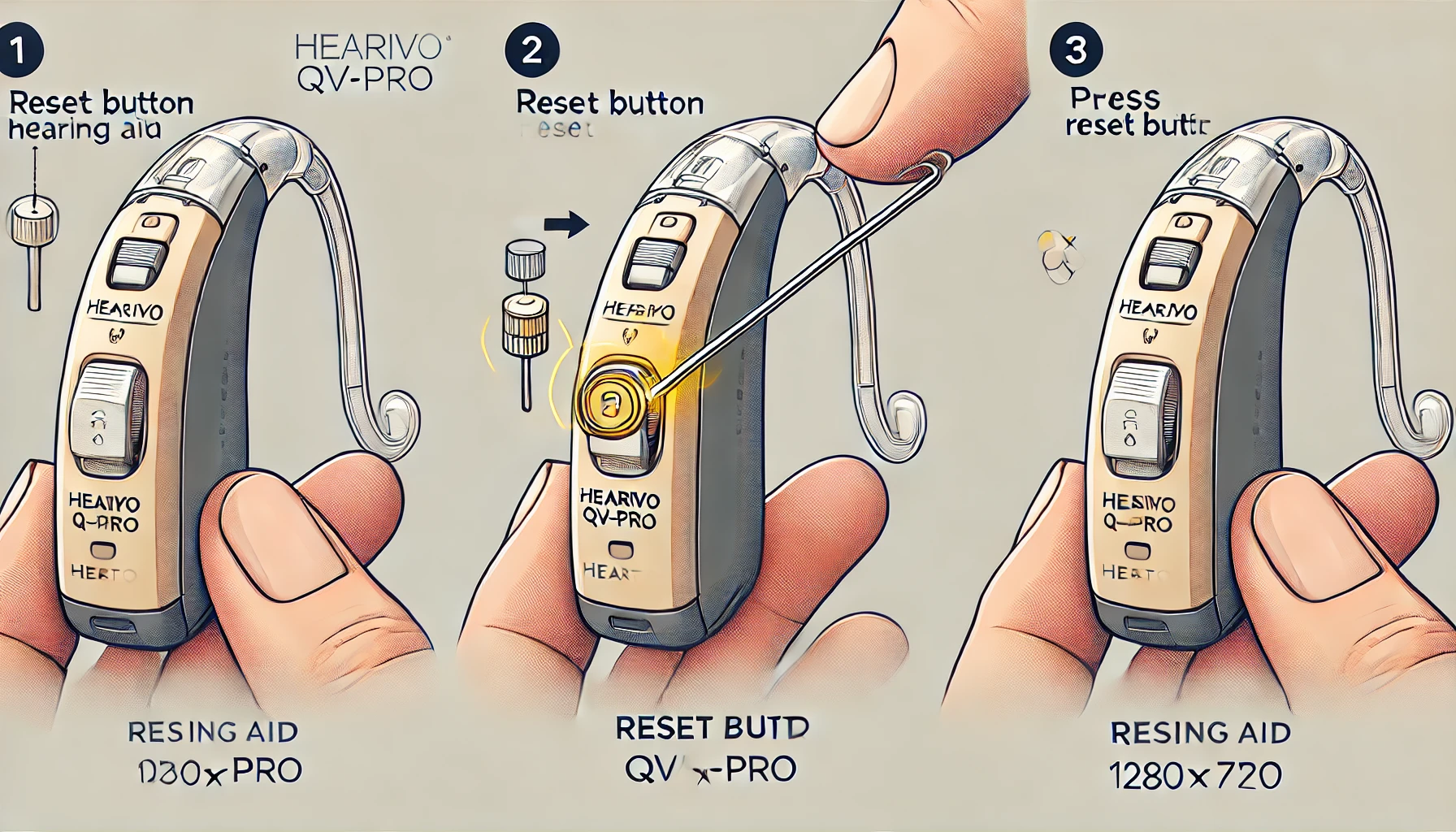How to Access http://164.152.29.41:install: A Complete Server Installation Guide
Getting your server installation right doesn’t need to be complicated. Let’s walk through everything about http://164.152.29.41:install setup.
Why Most People Mess Up Their Server Setup
Look, I’ve seen tons of people crash and burn with this.
They grab random tutorials without understanding the basics.
They copy-paste commands they don’t understand.
Then their server turns into a security nightmare.
I’ve been there too – wasted weeks trying to fix simple mistakes.
The Real Way to Install Your Server (That Actually Works)
Step 1: Basics That Matter
Let’s get real about what you need:
- Pick your OS first – I recommend Ubuntu Server for beginners
- Check hardware requirements (at least 4GB RAM, 2 CPU cores)
- Write down your server IP (like http://164.152.29.41:install)
- Get your admin credentials ready
- Make sure you have SSH access
- Check if your hosting provider allows custom installations
Step 2: Pre-Installation Checks
Before you touch anything:
- Back up existing data – trust me, you’ll thank me later
- Clear temp files and cached data
- Free up needed space (minimum 20GB recommended)
- Test your connection speed
- Check all ports are accessible
- Verify DNS settings
- Document current configurations
Common Questions People Ask Me
Q: How long does installation take? Usually 30-45 minutes if you follow each step. But plan for 2 hours if you’re new to this.
Q: What if I get stuck? Screenshot the error, check logs, hit up the community. Don’t randomly try fixes from Stack Overflow.
Q: Is it safe to do it myself? Yes, if you stick to official documentation and take it step by step.
Q: What’s the biggest risk? Security holes from rushed setups. Take your time with permissions.
Security First (Because Nobody Talks About This)
Want to know what separates pros from newbies? Security from day one.
Essential security steps:
- Change default ports – especially SSH
- Set up firewalls (both software and hardware)
- Update everything before going live
- Lock down admin access
- Install intrusion detection
- Set up fail2ban
- Configure SSL certificates
- Regular security audits
- Backup automation
- Monitor unusual activities
The Money-Saving Truth
Here’s what nobody tells you: Cheap servers often cost more in the long run. But expensive doesn’t always mean better.
Smart money moves:
- Start small, scale as needed
- Monitor resource usage
- Automate maintenance tasks
- Keep documentation updated
- Plan for backups
- Consider redundancy costs
Tips That Actually Make Sense
Real advice that works:
- Keep a command log for everything you do
- Test on local first – always
- Double-check your http://164.152.29.41:install config
- Document everything, even small changes
- Set up monitoring early
- Learn basic troubleshooting
- Keep config files backed up
- Use version control for configs
- Set up automated health checks
Quick Fixes for Common Problems
- Connection drops
- Check network configs
- Verify firewall rules
- Monitor bandwidth usage
- Test different ports
- Port conflicts
- List all active ports
- Check process lists
- Kill zombie processes
- Document port assignments
- Permission issues
- Review user groups
- Check file ownership
- Audit sudo access
- Fix directory permissions
- Memory errors
- Monitor swap usage
- Check for memory leaks
- Optimize configurations
- Set up alerts
Performance Optimization
Key areas to focus on:
- Cache configuration
- Database optimization
- Load balancing setup
- Resource allocation
- Network settings
- Process management
- Storage optimization
Maintenance Best Practices
Stay ahead with:
- Regular updates
- Performance monitoring
- Security patches
- Backup verification
- Log rotation
- Resource scaling
- User access reviews
What’s Next After Installation?
Got your server running on http://164.152.29.41:install? Nice. Here’s your next moves:
- Monitor performance daily
- Check error logs regularly
- Set up alerts for issues
- Plan regular updates
- Document your setup
- Train your team
- Plan for scaling
- Set up disaster recovery
- Test backup restores
- Keep learning and improving
Remember: A good server setup at http://164.152.29.41:install is just the start. The real work is in maintaining and optimizing it.














Post Comment